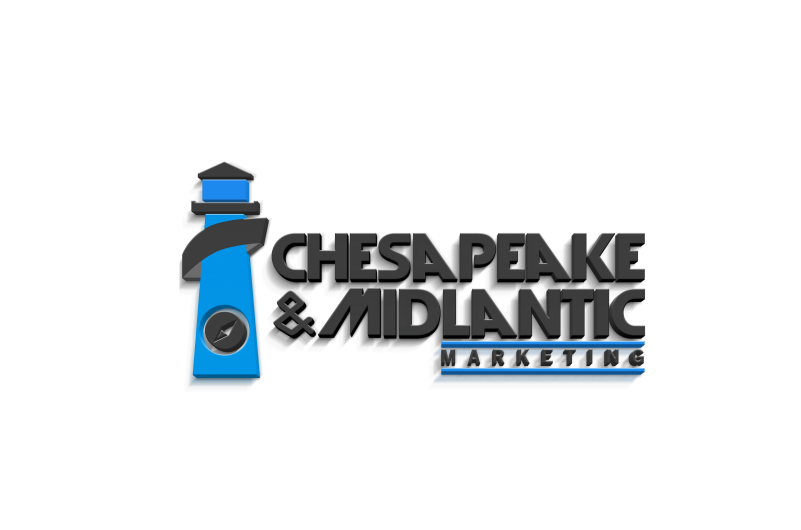Occupant safety is assumed.
Significant time and effort is put into design, installation, maintenance, and inspection of life safety systems in buildings.
Delayed Egress and Request to Exit (REX) devices each have their unique place in controlling ingress and egress of secured spaces, while still allowing for emergency evacuation of occupants and entry of firefighters, police, and emergency medical providers.
Delayed egress devices are commonly used to allow for free exit from a building, but with a short delay. Often, annunciation of an attempt by an occupant to use the delayed egress push bar on the door allows security staff to respond to the location. It also allows for free exit in an emergency within a few seconds. These devices are most commonly found on emergency exits.
Security Door Controls produced a video that gives a great overview of the useful applications and key features of a delayed egress device.
Request to exit devices are more often deployed to control to access through commonly used doors or turnstiles.
 These small devices are usually mounted inconspicuosusly above the door. When a person approaches to exit a secured space the door unlocks. When someone from the outside is trying to enter, they must first present a credential or be 'buzzed in' by someone who has verified their identity.
These small devices are usually mounted inconspicuosusly above the door. When a person approaches to exit a secured space the door unlocks. When someone from the outside is trying to enter, they must first present a credential or be 'buzzed in' by someone who has verified their identity.
The local jurisdiction has the final authority as to what devices are allowed and which ones are not up to their code standards. For this reason, it is important to work with specifiers and contractors who are familiar with the local codes for your building or facility.
When it's time to work on your next building, be sure to get the experts involved. You can contact us here.






